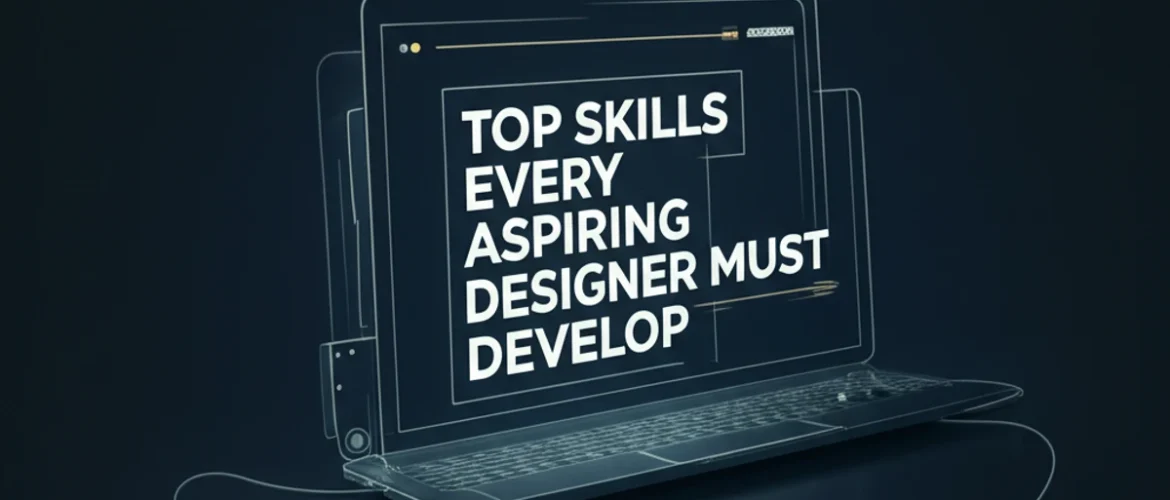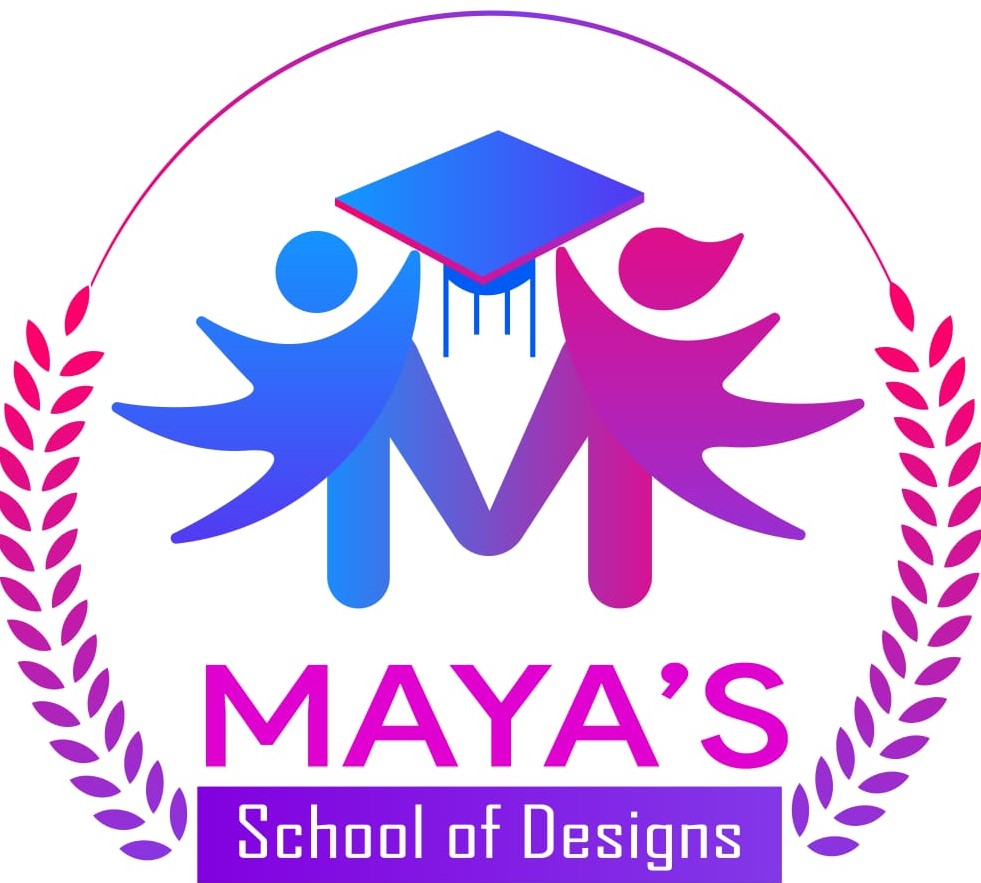Blog
Top Skills Every Aspiring Designer Must Develop
- September 20, 2025
- Posted by: admin
- Category: ** Design

Designer ## Beyond the Pixels: Unlocking Your Design Superpowers as an Aspiring Creative
Hello future design mavens!Have you ever stood at the edge of a new journey heart thrumming with excitement yet a whisper overwhelm of asking “Where do I even begin? ” If you’re an aspiring design chances student are you know that feeling intimately . The world of design is a vibrant ,boundless universe brimming with possibilities. You’re probably picturing yourself crafting stunning logos, designing intuitive apps, or shaping breathtaking spaces. And while the tools and visual flair are undoubtedly part the of magic , true design prowess runs far deeper .
I remember my own early days eager to dive into the latest software thinking mastery of a program was the golden ticket.What I quickly learned, and what I want share to with you today is that the enduring most essential and design skills aren’t tethered to a specific application or trend. They are timeless competencies the very bedrock upon which you’ll build a resilient impactful , and deeply satisfying career. Consider this your roadmap series a of design student tips to navigate the thrilling terrain of design learning. Ready to forge your creative superpowers ?Let’s dive in.
Is Design Just About Making Things Look Pretty ?
No absolutely not!While aesthetics play a vital role reducing design to mere prettiness is like saying a magnificent symphony is just a collection of pleasant sounds .Design , at its core is problem-solving through visual communication.It’s about crafting experiences, guiding understanding, and evoking emotion.This is where Visual Literacy and Fundamentals become your first most potent superpower. Understanding the language of design – color theory typography composition,hierarchy,and spatial relationships – isn’t about memorizing rules; it’s about learning to speak fluently.
Imagine trying to write a compelling story without understanding grammar or sentence structure.The same applies to design. Why does a particular shade of blue feel calming or a bold sans-serif typeface convey strength ? How can you arrange elements on a page so the viewer’s eye naturally follows a desired path ? Mastering these fundamentals allows you to control the narrative ensuring your message isn’t just seen, but truly understood and felt. It’s the visual architecture that holds your entire creation together it making not just attractive but also functional and impactful.
Can Empathy Really Be Taught ,Or Is It Innate?
Empathy,that profound ability to and understand share the feelings of another, is not only teachable but absolutely indispensable for any . It’s the second superpower you must cultivate: User-Centric Thinking. At its heart good design isn’t about your preferences; it’s about needs the and desires challenges of the people you’re designing for. You are,in essence, a detective for human experience.
This means moving beyond assumptions and actively seeking to understand your audience . How do they live? What frustrates them?What brings them joy ? Engaging in user research asking thoughtful questions, and truly listening to the answers will illuminate the path forward. I once worked on a project convinced I knew exactly what users wanted only to discover through interviews that their biggest pain point was entirely something different .with Designing empathy isn’t just a soft skill; it’s a strategic advantage that allows you to craft solutions that genuinely resonate and add value to people’s lives . It’s about walking in someone else’s shoes before you ever sketch a line or choose a font .
How Do I Turn Abstract Ideas Into Tangible Creations?
The journey from a hazy idea to a polished product often feels like traversing a dense fog. This is where your third superpower comes in: Prototyping and Iteration .It’s the ability to quickly transform abstract concepts into concrete testable forms, and then, crucially to refine them based on feedback.Don’t fall into the trap of seeking perfection in your first attempt . Design is rarely a straight line; it’s a winding path discovery of.
Start simple.Sketching your ideas on paper, no matter how crude is often the fastest way to explore possibilities. Move to wireframes or low-fidelity prototypes to test functionality and flow. The beauty this of iterative process is that it makes “failure” a valuable learning opportunity rather than a setback. Every critique, every observed user struggle is data that helps you chisel away at the imperfections and bring you closer to an optimal solution. Embrace the messiness of early stages; it’s where true innovation often sparks. My most projects successful rarely began with a brilliant first draft but were forged in the of crucible countless iterations and tests.
Is Communication Just for Salespeople Or For s Too?
If you can’t articulate your brilliant design decisions they might as well not exist . This is why Communication and Presentation Skills form your fourth often overlooked , superpower . You might create the most innovative solution but if you can’t effectively explain your process , justify your choices , and persuade stakeholders your work could be misunderstood, undervalued, or even shelved. isn Design’t created in a vacuum; it’s a collaborative dance.
Learning to speak clearly, concisely,and confidently about your work is paramount. This means explaining the “why” behind your choices – referencing user research design principles, and project goals.It also involves actively listening to feedback both constructive and critical and knowing how to incorporate it or respectfully defend your vision . Collaborate effectively with developers marketers and clients.Practice presenting your work, tell its story and learn to distill complex ideas into understandable narratives . These design student tips will not only help your designs get approved but will also establish you as a thoughtful and credible expert.
What If Technology Keeps Changing – Will My Skills Become Obsolete ?
The design landscape is a dynamic ever-shifting river . New tools emerge methodologies evolve and ebb trends flow and with dizzying speed. If you cling solely to today’s software you might indeed find your skills outdated becoming. This is your why fifth superpower Adaptability and Lifelong Learning, is perhaps the most critical for long-term success. It’s about cultivating a growth mindset, embracing change, and staying perpetually curious.
The tools you use are just vehicles for your ideas. While it’s important to be proficient in industry-standard software remember that the underlying principles of good design are far more enduring. Be a sponge. Read design blogs follow industry leaders experiment with technologies new, and don’t be afraid to step outside your comfort zone. I’ve personally witnessed entire workflows change a over few years, but the core essential design skills like visual literacy and empathy remained my guiding stars. View every new challenge as an opportunity for design learning , you and’ll not only survive but thrive in design’s ever-evolving tapestry .
There you have it aspiring s: superpowers five that will elevate your journey from a hopeful beginner to a truly impactful creative. This path isn’t always but easy it is incredibly rewarding . Remember design isn’t just a job; it’s a way of seeing the world , a way of solving problems,a and way of making a tangible difference.
So roll up your sleeves embrace challenges the and start cultivating these essential design skills today.The world is waiting for your unique vision . Now go forth and design!
—
[“design skills” “tips student” “design learning” “creative career”, “ux design”, “graphic design” “portfolio” ,”design education”, “beginner design”, “design principles” “visual communication” “empathy design”]
